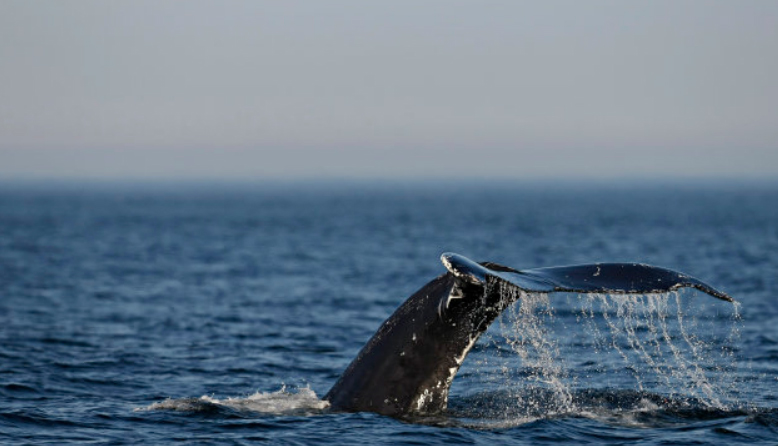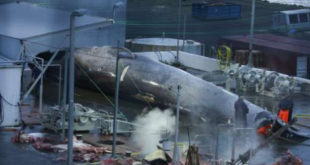“We have to go much further from the coast than before, so we need more staff, which increases costs.”
One important Iceland tourism information you need to know is that Animals-Iceland has decided to stop fishing for minke whales, which are more profitable for local industry, the International Fund for Animal Welfare announced today.
The activity was experiencing a sharp decline: the number of catches fell significantly, from 46 harpooned cetaceans in 2016 to 17 last year, only 6 Minke whales were hunted in June 2018 (out of a quota of 262), and not a single one has yet been hunted in July, a traditionally good month for the harpooning of the cetacean, according to figures provided by IFAW.
The Icelandic exception
The Managing Director of IP-Utgerd Ltd, which specialises in minke hunting, has confirmed that harpooning will cease for 2018. In the Morgunbladid newspaper, he invoked a question of cost. “We need to go much further from shore than before, so we need more staff, which increases costs,” said Gunnar Bergmann Jónsson.

Commercial whaling was banned in 1986 by the International Whaling Commission (IWC), but Iceland, which had opposed the moratorium, resumed whaling in 2003. The Nordic country, together with Norway, is the only country in the world to allow whaling. Japan also carries out hunting, but officially for scientific purposes, even though much of the meat is then sold on the market.Only the hunting of the blue whale, prohibited by the IWC, is also prohibited in Iceland.
At the beginning of July, the only Icelandic hunting company for fin whales, Hvalur hf., in fact, was singled out by an animal rights organization as saying that a blue whale had been harpooned by the company. The hunted cetacean was in fact a hybrid, a rare specimen and probably unable to reproduce.
 Straumar Info Site Iceland Tourism Information
Straumar Info Site Iceland Tourism Information

